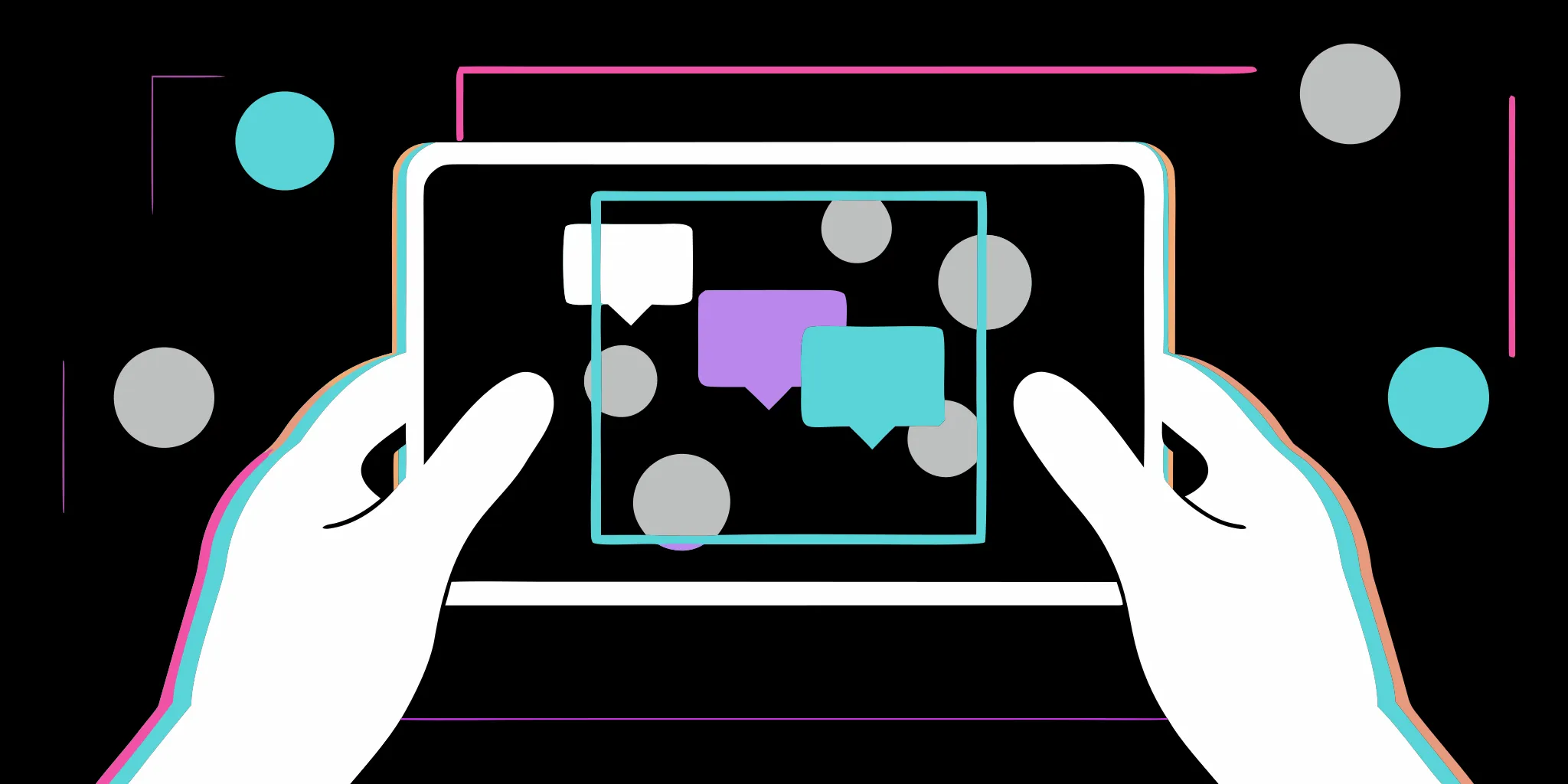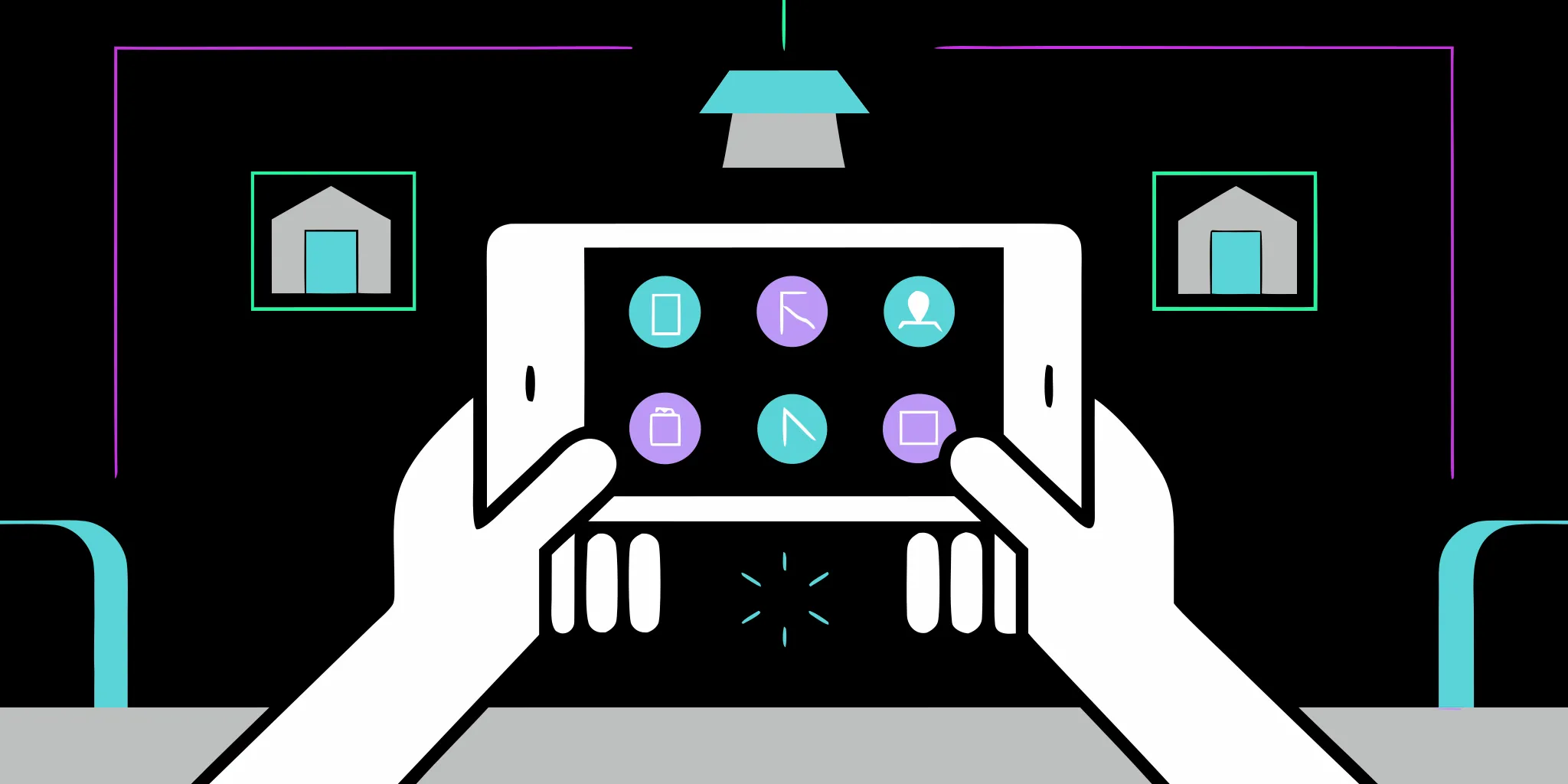
Over the past year, you may have noticed that Challenges on Facebook have been on the rise, with major nonprofits including the American Cancer Society, Susan G. Komen, and No Kid Hungry joining in on the excitement.
Your organization may already be incorporating Challenges into your strategy— if so, that’s great! These fundraisers, and social fundraising more generally, represent the third shift in giving (following direct mail and website-driven fundraising, respectively). However, we encourage you to consider the true power of this fundraising method: repeat Challenges.
With an ongoing portfolio of social giving events, you can create a repeatable engine of revenue through digitally-native fundraisers. In this guide, we’ll break down repeat Challenges through the following points:
- What are repeat Challenges on Facebook?
- What are the benefits of repeating Facebook Challenges?
- How can you incorporate repeat Challenges on Facebook into your strategy?
- How is GoodUnited innovating repeat Challenges on Facebook?
Let’s dive in.

What are repeat Challenges on Facebook?
As a quick recap, Challenges on Facebook are a type of digital-native peer-to-peer fundraiser that takes place using the platform’s fundraising tools.
Essentially, participants sign up to complete a specific Challenge activity (ex: walking 10k steps, completing a calisthenics workout, or running a set number of miles) each day for a set period of time (ex: 30 days). During the campaign, each participant creates an individual Facebook fundraiser to raise funds for your nonprofit from their Facebook connections. What is perhaps the most game-changing part of Challenges on Facebook is that all participants are added to a shared Facebook group to connect with one another, share encouragement, and take part in a digital community.
Building upon this definition, repeat Challenges on Facebook involve hosting additional Challenges within the same online group that was used for Challenges in the past.
So, for example, let’s say you run a nonprofit organization that is fighting against childhood cancer. During January, you hosted a successful walking Challenge on Facebook, in which participants walked 1 mile per day for the entire month to both reach their New Years’ fitness goals and to raise funds for your cause.
Then, rather than closing out the corresponding Facebook group when the Challenge ended, you kept the group open and continued engaging with participants throughout the year— asking questions, sharing discussion posts, and generally maintaining engagement. Then, in September, you invite that same group of participants to complete another Challenge as part of Childhood Cancer Awareness Month. The infrastructure already exists; participants complete the new Challenge within the same Facebook group and new participants can join in on the fun.

Repeat Challenges on Facebook can be annual, every few months, or even monthly for organizations that have a particularly engaged digital audience. And, because Challenges on Facebook engage an entirely new audience than a nonprofit’s traditional donor base— we’ve found that over 90% of Challenge participants are new to the nonprofit or cause— you can host repeat campaigns without worrying about disrupting your other fundraising efforts due to donor fatigue.
What are the benefits of repeating Facebook Challenges?
Repeat Challenges on Facebook have a number of benefits for nonprofits. To start:
- Relationship-Building: When you engage with the same Challenge participants over and over, they’ll draw closer to your nonprofit and your community. Over time, they’ll give more and more to your organization and bring their personal network into the cause. Repeat Challenges increase the lifetime value of a supporter. Rather than a single donation (or event participation), you could access donations/participation for years to come and additional supporters brought into the group.
- Revenue Raised: When you host additional Challenges with the same group, you’ll increase the amount of revenue raised with each successive campaign. This is because as participants complete more and more Challenges, they become more successful at the task of social fundraising. At GoodUnited, we’ve found that there was a $101, or 54%, revenue increase for each supporter who completed a second Challenge. Recent research by Tiltify also found that participants in 3 or more campaigns raised 3x the revenue in their later campaigns.

- Acquisition Costs: It’s more cost-efficient to retain a current supporter than acquire a new one. Not only will you raise more revenue by hosting repeat Challenges, but these successive campaigns will be less costly to host. Beyond the fact that acquisition costs will go down, the funds you do expend on acquisition will be used to bring in more net new supporters, as opposed to re-marketing to those who have already been engaged. This in turn generates more revenue (rather than simply doubling down your efforts re-engaging past Challenge participants, who will already be in the group).
And of course, modern nonprofit leaders understand the benefits of securing a repeatable, reliable revenue stream. The ability to anticipate how much funding you’ll raise at any given time gives your nonprofit the ability to create plans around that revenue— rather than acting in a reactionary manner, you can anticipate financial stability. With repeat Challenges, you access a recurring revenue stream that you can budget for throughout the year.
How can you incorporate repeat Challenges on Facebook into your strategy?
If you’re ready to take your social giving strategy to the next level, it’s time to incorporate repeat Challenges on Facebook.
Keep these three tips in mind to successfully implement repeat Challenges into your strategy.
Understand what motivates Challenge participants.
To successfully host a repeat Challenge, recognize that your best asset is something you already have access to— the existing group full of past participants.
Speak directly with participants to understand what motivated them to join and complete the first Challenge campaign. Ask questions such as:

- Why did you join the Challenge?
- What is your connection to our cause?
- How did you enjoy the Challenge on Facebook as compared to in-person events?
- What was your favorite part of the experience?
- What do you think we should change for future campaigns?
Use this information to tailor your next campaign. For example, maybe you incorporate more discussion posts because a number of participants noted that as their favorite part of the experience. Or, maybe you adjust the duration or Challenge activity because a number of participants discussed having trouble completing the task in full.
You can also use this information to engage and entice new participants to join the group. If a specific engagement tactic — like elements of the Facebook Ads you used to advertise the original Challenge— caught many supporters’ eyes originally, you can replicate them to attract new participants. Even better, if one participant had a compelling story behind why they joined the Challenge, ask them for permission to share the story publicly. User-generated content tends to far outperform nonprofit-generated content when it comes to inspiring new supporters.
The best way to collect this information is to simply speak with participants. There are three main channels for doing so: hosting polls, sharing discussion posts, and having one-on-one conversations via Facebook Messenger.
Focus on planning social-first Challenge activities.
Over the past few years, we’ve seen firsthand how time-specific, place-based peer-to-peer campaigns are vulnerable to outside influence. When you host a fundraiser at a specific time and specific place, you’re going to undoubtedly see depressed participation— whether due to last-minute scheduling conflicts or a worldwide, multi-year health crisis.
The beauty of Challenges on Facebook is that while they’re somewhat time-bound (taking place during a specific duration of time), participants can largely join in from wherever they are and whenever they’re able.
Draw on this perk when planning repeat Challenges on Facebook to ensure the maximum amount of existing and future participants can join. The last thing you want is a dedicated past Challenge participant to sit out your next campaign because they’re on vacation or otherwise in a location where the Challenge activity isn’t accessible.
Choose activities that are non-location-specific. For example, rather than asking participants to:
- Walk 30 laps of the nearest track, ask them to fit 10k steps into their day.
- Complete a weight-based workout that requires gym equipment, ask them to complete a quick, bodyweight-based calisthenics workout.
- Volunteer X amount of hours at one specific nonprofit location, ask them to “pay it forward” X amount of times during the week in whatever opportunity arises.
- Tune into a live-broadcast workout each day at 12 p.m., ask them to complete a pre-recorded workout when it best fits into their schedule and report back.
This removes unnecessary barriers to participation and makes it easy for current and future supporters to join in on the fun.
Work with a social fundraising services provider to optimize your strategy.
There are a number of reasons that Challenges on Facebook are a fairly easy campaign type to incorporate into a nonprofit’s strategy— the fundraising software is free, participants are already on the platform, and the results are largely participant-driven.
But, to have outstanding results, your nonprofit can’t just advertise the campaign, create the group, and stay hands-off until it’s over. That’s especially true if you want to continue hosting repeat Challenges throughout the year.
From moderating the group and sharing discussion posts and encouragement to chatting one-on-one with each individual participant… the tasks can add up. While it’s certainly worthwhile to host repeat Challenges, hosting successful ones can quickly outpace your team’s capacity.
In that case, we’d recommend partnering with a social fundraising services provider to optimize your strategy.
How is GoodUnited innovating repeat Challenges on Facebook?
GoodUnited is a social giving solution that was created to democratize the nonprofit supporter experience, empowering nonprofits to have a one-on-one relationship with every supporter.
Our social giving “stack” includes a number of services, including:

- In-Channel Messaging: Personalized, meaningful, and automated conversational messaging experiences to connect with each supporter.
- Cultivation Engine: Data science that turns the above conversations into actionable insights for your nonprofit.
- The Lab: Managed services for ongoing optimization, including A/B testing at scale and strategy implementation.
How does that factor into innovating your nonprofit’s repeat Challenges on Facebook? Specifically, let’s consider The Lab and Cultivation Engine.
GoodUnited believes in testing small and scaling slowly— making sure the strategies we employ for your nonprofit’s Challenges and repeat Challenges are tried-and-true. This testing includes:
- Activities in groups, including sharing polls and discussion posts to learn about your participants en masse. We’re able to use the same groups from past Challenges, whether the group remained open or it’s reopened for the repeat campaign. That way, we can simply infuse new participants into an existing group.
- Activities in Messenger, including holding hyper-personalized conversations to understand why participants joined and what would motivate them to return for another Challenge. This is where the majority of testing takes place.
This is just a sampling of the testing that can take place. All of these activities are hyper-personalized to each individual participant; returning participants have different conversational paths than first-time participants, and we’re able to specifically call out data from past engagements to take this a step further.
The information gathered is used to further personalize the ongoing engagement and campaigns, slowly drawing supporters closer and closer to your nonprofit.
Repeat Challenges on Facebook empower nonprofits to access repeatable, reliable revenue throughout the calendar year. They allow you to increase the lifetime value of each individual donor and they decrease the donor acquisition cost of each successive campaign. If you’re embracing social giving in your strategy, make sure to include repeat Challenges in the lineup!
To learn more, connect with the GoodUnited team today. In the meantime, explore the following additional resources about social giving and Challenges on Facebook:
- Challenges on Facebook: What, Why, and How for Nonprofits
- The Ultimate Nonprofit Guide to Facebook Fundraisers
- Social Giving: The Fundraising Guide for Nonprofits



















